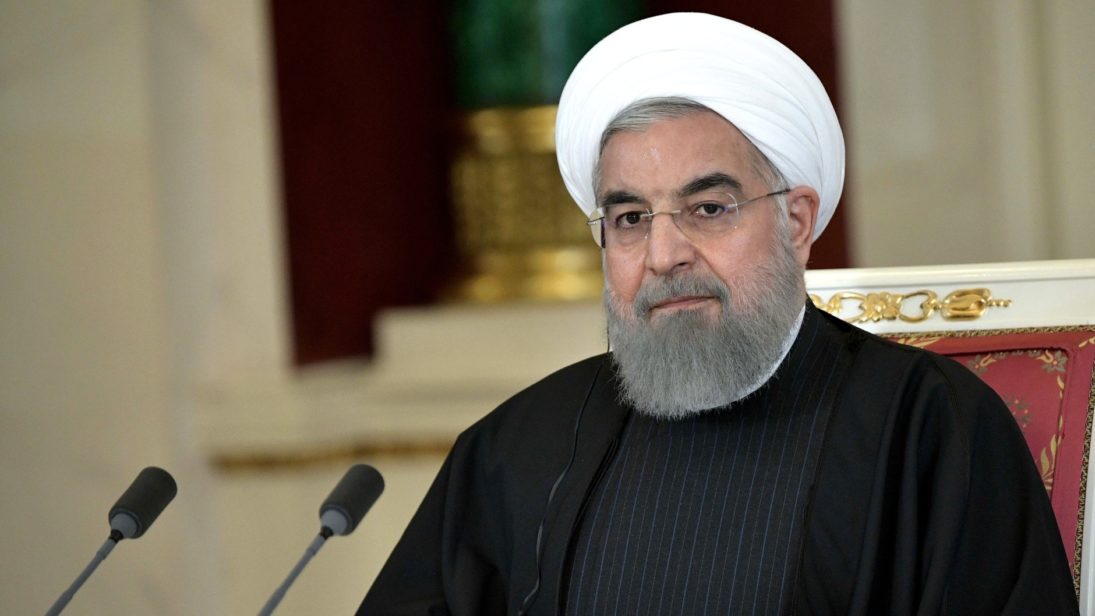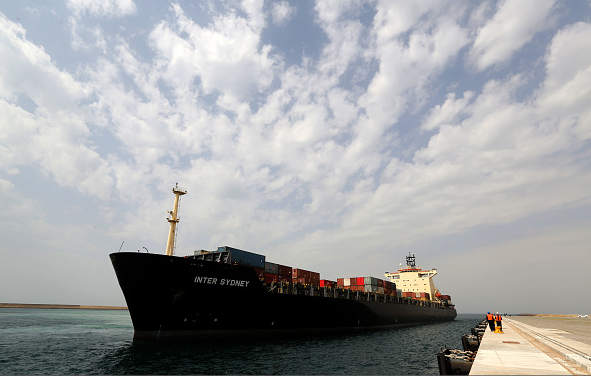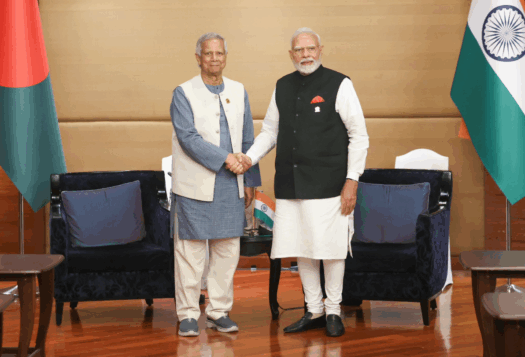
Multi-alignment is the new buzzword in India’s foreign policy discourse. At the moment, the global trend is towards multipolarity and New Delhi sees multi-alignment as a means to guide India’s rise in a multipolar world because it provides more options in terms of choosing partners to support India’s growth. However, at the same time, India may need to pay the opportunity cost of choosing certain partnerships over others. This is most evident in the delicate balancing that New Delhi has had to practice in its ties between Tehran and Washington.
The United States is perhaps the most consequential partner for India in terms of developing stronger defense capabilities and build deterrence against a rising China in the Indo-Pacific region. While a strictly quantitative assessment of the material benefits to be accrued from India’s ties with the United States and Iran could provide some basis for choosing one over the other, foreign policy decisions are not exclusively transactional in nature. Tehran remains an important partner for New Delhi in terms of access to Iranian fuel supplies and connectivity projects leading to Central Asian economies—sustaining ties with Iran is equally significant for India to stay true to its narrative of practicing strategic autonomy, whether through non-alignment or multi-alignment. Importantly, despite Washington’s intransigence towards India-Iran ties, New Delhi’s embrace of Tehran is seen as significant as part of the former’s intention and attempt to balance its ties in West Asia.
While a strictly quantitative assessment of the material benefits to be accrued from India’s ties with the United States and Iran could provide some basis for choosing one over the other, foreign policy decisions are not exclusively transactional in nature. […] Sustaining ties with Iran is equally significant for India to stay true to its narrative of practicing strategic autonomy, whether through non-alignment or multi-alignment.
New Delhi’s warming ties with the United States, coupled with its intention to sustain its multifaceted relationship with Iran and the downturn in Washington-Tehran dynamics, produces complex triangular dynamics for Indian policy analysts to maneuver. Any tension between the United States and Iran leads to Washington expecting other countries to toe its line of thinking and action. This experience has been constraining for countries like India that desire better relations with the United States, but not at the cost of a cordial relationship with Iran. The recurrent nature of tensions between Washington and Tehran will continue to test India’s balancing act.
The Trump administration pulling out of the Iran nuclear deal, also called the Joint Comprehensive Plan of Action (JCPOA), has reduced the traction in India-Iran relations. India’s response to the U.S.-led condemnation of the controversial Iranian nuclear program has often put the spotlight on India’s ability—or rather inability—to maneuver American pressure to vote against Iran. On earlier occasions, India has voted against Iran at the International Atomic Energy Agency (IAEA) in 2005, 2006, and 2009. Since these votes more or less coincided with the period when India and the United States were negotiating and signed the Indo-U.S. civil nuclear deal, views have persisted that New Delhi acted under pressure from Washington. Shyam Saran, who was the Indian foreign secretary during the crucial days of the Indo-U.S. nuclear deal negotiations, commented that the American intervention at that time was certainly a factor, but not the only one as other considerations including Iran’s nuclear program being linked to Pakistan and North Korea also existed. Developments in United States-Iran relations are bound to continue to have an impact on the course of India-Iran relations, despite New Delhi’s position that no third party will be allowed to affect its ties with Tehran.

What might create even greater constraints for India in engaging Iran, including on energy security and connectivity projects like the much debated Chabahar port, are American sanctions. Although a waiver from the United States gave India some relief in terms of commencing Chabahar operations, the tangle that any tension in Washington-Tehran relations will have on India’s ties with Iran remains a matter of concern for Indian policymakers. The Chabahar port assumes strategic importance for India–it allows a way of reaching out to war-torn Afghanistan and facilitating trade with the Central Asian economies by bypassing Pakistan, which has not allowed overland transport through its territory. Moreover, greater India-Iran-Afghanistan understanding over the Chabahar port could help New Delhi manage Beijing’s increasing influence in the region and its strategic investments in the nearby Gwadar port.
To what extent the India-Iran relationship has a synergy of its own, and to what extent it is constrained by third parties like the United States, remain crucial questions. As such, the limits of India’s multi-alignment approach in practice will be tested prominently while prioritizing and rank-ordering these bilateral relationships.
The strategic focus on the Indo-Pacific remains a matter of convergence between India and the United States. The United States remains India’s most consequential partner in the Indo-Pacific region to beef up the latter’s naval capabilities. However, there is a divergence in how the two countries define the geographical expanse of the region. For the United States, the Indo-Pacific is limited to the region extending from the west coast of the United states to the west coast of India. For India, the Indo-Pacific includes the region between the east coast of Africa to the west coast of America, which means India’s definition includes Iran as a potential Indo-Pacific partner for India in terms of connectivity projects as well as prospects for maritime engagement. Iran might not occupy the priority that is accorded to the United States in India’s maritime calculus. Nevertheless, when India projects itself as a responsible Indian Ocean power, it is imperative that Iran become an important partner for India, despite Washington’s apparent displeasure with India’s insistence on maintaining an independent relationship with Iran. This is because India’s emerging understanding with Iran over Chabahar, in the western Indian Ocean, has great potential in terms of maritime oversight over the critical choke point of the Strait of Hormuz.
India recognizes that relations with Iran will be a fundamental component of its Look West policy. The Tehran Declaration of 2001 and the New Delhi Declaration of 2003 are the benchmarks on which the relationship has become a strategic one for both countries. However, India is now a major defense partner of the United States, which would entail greater expectations to align each other’s perceptions of threats and partners. To what extent the India-Iran relationship has a synergy of its own, and to what extent it is constrained by third parties like the United States, remain crucial questions. As such, the limits of India’s multi-alignment approach in practice will be tested prominently while prioritizing and rank-ordering these bilateral relationships. Deciding which relationships are relatively more expendable, and which indispensable, will remain a litmus test for how New Delhi maneuvers a multipolar world order.
***
Image 1: The Kremlin
Image 2: Atta Kenare/AFP via Getty Images


